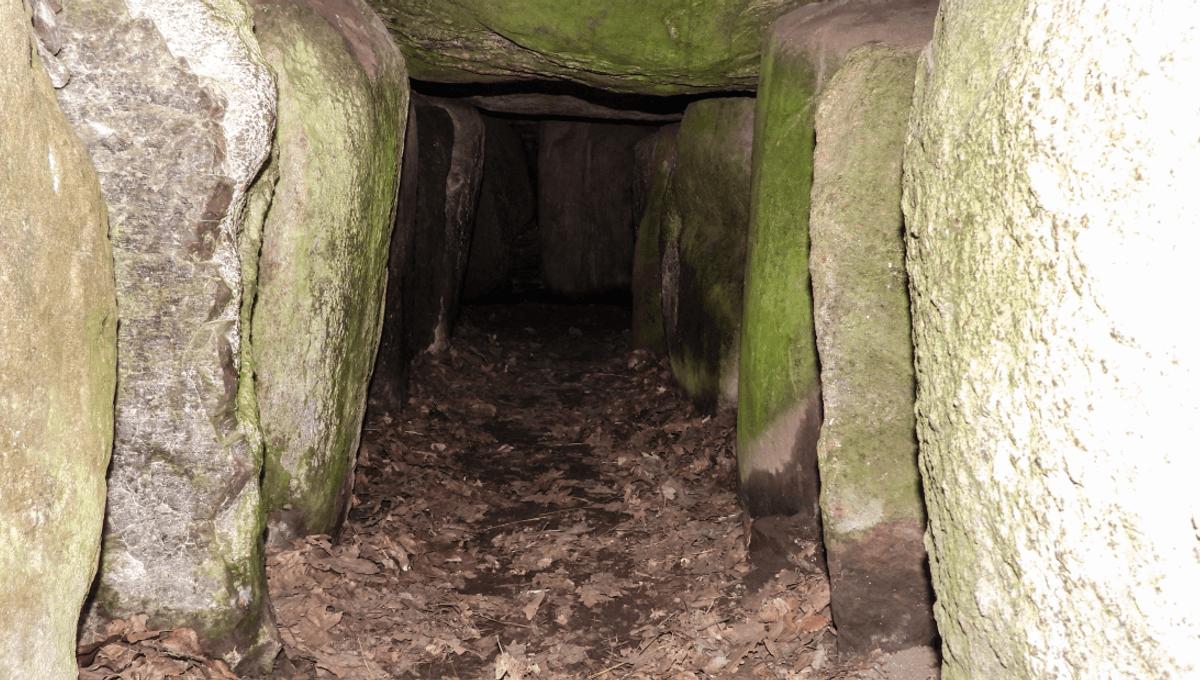
As the biological bomb that was King Casimir’s tomb taught us, structures built to house the dead can be home to more than just human remains. Certain pathogens have been found in tombs aged from a few years, to a few centuries, to even a few thousand years old, though whether they still carry a contagion risk can vary.
In 2018, researchers studying publicly available databases of ancient DNA stumbled across something significant lurking the Frälsegården passage grave in Sweden that dates back a modest 4,900 years. That lands the people buried there in the middle of the Neolithic Decline, a time when human populations in Europe dropped off for a mysterious reason.
Within the data from samples taken at Frälsegården they discovered the oldest-known strain of Yersinia pestis, the pathogen that causes plague. This particular strain of plague was actually unknown to science before the research team isolated it from the remains of a woman in the Neolithic tomb, which was erected around the dawn of farming.
The tomb is thought to have contained around 78 people in total who all died within a 200-year window, which is considered a relatively small amount for time for so many to take up residence. The suggestion is that some event may have triggered a rash of deaths, something the plague is famously good at.
In its heyday, the Y. pestis strain was likely one of the deadliest forms of plague as investigations revealed it had a genetic mutation that causes pneumonic plague. This type of disease occurs when the pathogen infects the lungs, making it deadly and hyper-contagious as it can spread from person to person through the air.
Pneumonic plague is so severe, in fact, that on the Centers For Disease Control And Prevention website it references how such an aerosolized pathogen could be wielded in a bioterrorist attack. In 2023, most of the human population can certainly sympathize with a pandemic, and it seems like our ancient European ancestors had a doozy on their hands.
The paper authors concluded that the discovery represented the most ancient case of plague in humans, whose spread may have been facilitated by trade routes connecting large settlements, meaning the first farmers were exchanging more than produce. Phylogenetic, molecular and genomic analyses from various remains and samples showed multiple independent lineages of Y. pestis branching across Eurasia, tying in with the theory that the Neolithic Decline in Europe may have been driven by a prehistoric plague pandemic.
[H/T: Live Science]
Source Link: A Deadly Plague Strain Was Once Found In A 4,900-Year-Old Tomb